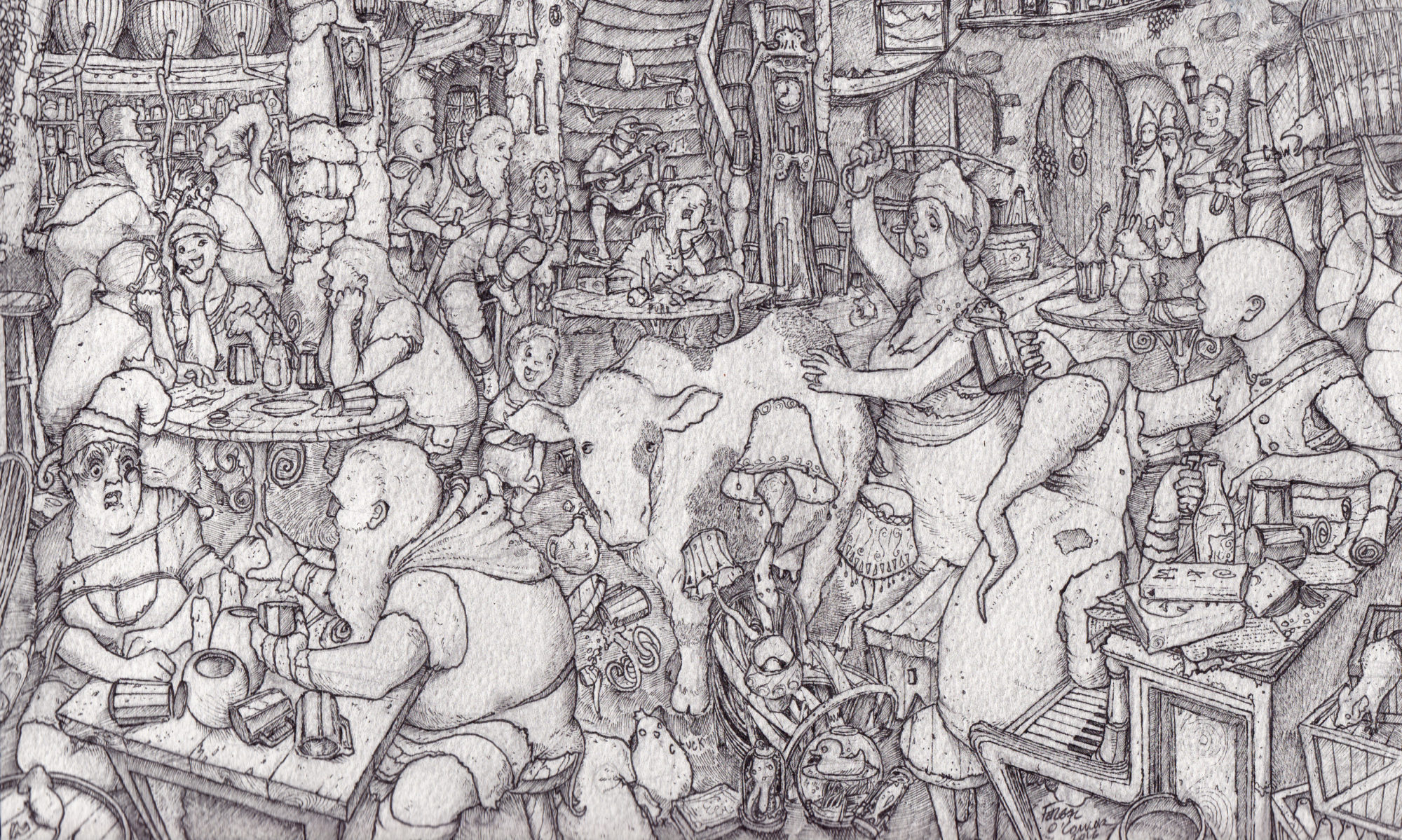Never watch movies based on books or comics you loved as a kid. You may not be able to judge whether or not the movie is bad because you’re judging how closely it resembles the stories you told yourself as a kid, reading at night.
On an extremely related note, I watched the Battle Angel movie. Spoilers abound.
Let’s start off with the anime eyes, because they didn’t bother me as much as I expected. Alita was alien, a robot, but an accessible robot. I got her cybernetic nature and the sharp distinction between hardbodies and humans. The eyes as a part of that worked. Her whole character might have been animated via CGI, but as a result, the eyes didn’t stick out. Part of this was the fundamental nature of the character. She was a cyborg. As such, the fact that she was kinda creepy worked, and as did the machine nudity. At a couple of points she walks around naked, but it’s like seeing your phone out of its case. One doesn’t think, “boobs!” One thinks, “That there is a contraption.” I really expected to take issue with the eyes and didn’t.
The movie stretched for bloat like a fat man reaches for cupcakes. It went out of its way to add more material that didn’t need to be there. In the books, the first book is about Alita waking up, learning about the Scrapyard (Iron City in the movie; I’m going to get to that), and doing some bounty hunting. To this the movie added some bits, but not the good bits, of Motorball. It also added Evangeline Lily Jennifer Connelly. These additions did not work. JC didn’t need to be there. Her character didn’t work. Motorball really didn’t need to be there. It didn’t work. There’s one serious race and that race is absurd, makes no sense. The movie goes off the rails figuratively as the scene exits the arena. Why did any of this happen? No idea. The movie Hobbitted hard.
In addition the movie can’t seem to figure out which naming convention it follows, and this is where my lead-in really dominates. Alita is named Alita, not Gally. But Tiphares is Zalem and the Scrapyard is Iron City (but not Scrap Iron City). This was part of the fundamental lack of confidence that marred the movie, muddling the plot and characters. I got the feeling the writers either fought this out between them and stuck compromises that we, as viewers, did not understand nor agree with, or that it had been revised until the inherent soul of the movie was lost long ago.
But there were good parts there. The largely allegorical story of a girl learning who she is was there. She starts out as a head given form by Ido, a parent. Then she’s in a cute body her father dresses up. He refuses to give her an adult body but gives in, and the character learns who she is through herself, and that she has powers. It’s simple and moderately didactic, but the metaphor plays out in the background, so it works. Much like the eyes, the parts of it I thought I’d hate I didn’t.
Ultimately a fantastic manga became a good movie. It’s not great. It needs chainsaw editing. But it’s not bad. On two hands, one thumb up.

